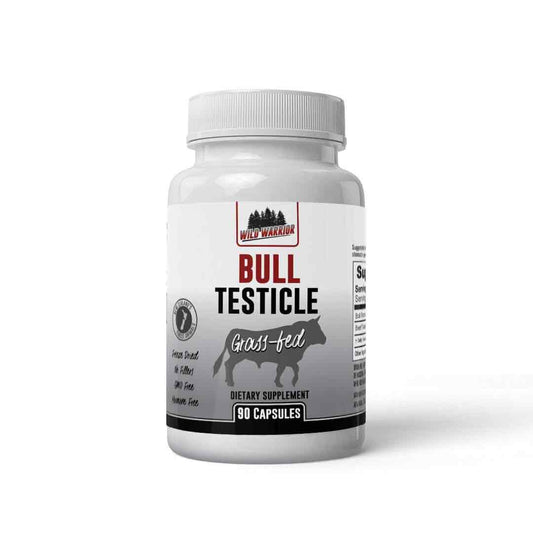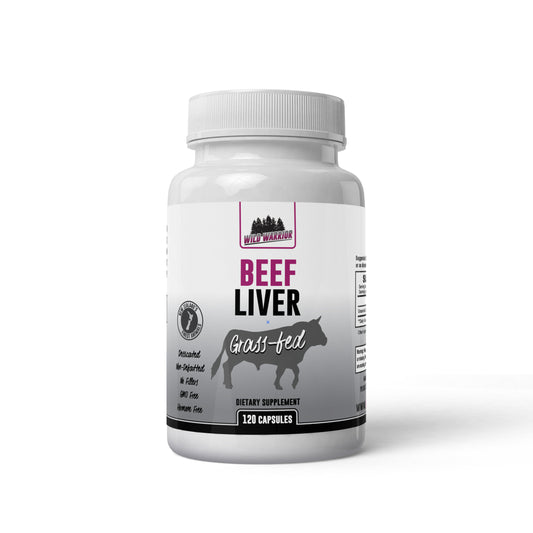As we get older our bodies change, our schedules change, and what is important to us change. Our fitness goals and how we care for our body are no different.
When it comes to your fitness, here are 5 areas you should prioritize over the age of 40.
Priority #1: Stability and Mobility
Your first priority over 40 should be to focus on your stability and mobility. When we are young we tend to focus mostly on strength and asthetics, which is easy because our bodies are young, spry, look great, and move freely.
However, as we age we tend to spend more time sitting and sedentary, causing our core muscles and stabilizers to atrophy. This lack of use causes our joints to stiffen and lose their range of motion over time.
We put this as our top priority because your body should be stable and fully mobile before engaging any other physical activity. Stability and mobility training not only improves the overall function of your body, but reduces the risk of injuring yourself during strength or endurance training.
Additionally, maintaining your range of motion will reduce pain and help you move like a cat, instead of an old cripple later in life.
How to improve stability and mobility:
To improve your stability and mobility make sure to move each joint through their full range of motion daily. A good way to incorporate this into your routine is to do joint mobility exercises prior to bed, first thing in the morning, or as a warm up before your normal workouts.
In terms of stability, make sure to hit each body part, especially your core, with regular isometric exercises. Another good way to work the stabilizing muscles of the body is through super-slow training.
Priority #2: Flexibility
Your second fitness priority over 40 should be to work on your flexibility. This should primarily consist of regular daily stretching or yoga.
This priority goes hand-in-hand with priority number 1, and is designed to keep your joints and muscles soft and pliable. As we get older, tendons and muscles can tighten, leading to misaligned joints and chronic pain.
Regular stretching releases this pressure on the joints. alleviates stress, and relaxes the nervous system.
How to improve your flexibility:
We suggest developing a daily stretching routine. Yoga is a great way to do this, but regular static stretching works great also. One of the best times to stretch is in the evening after a hot shower. Not only is this great for the muscles because they are warm, but it is also great for winding down and can help with sleep.
Priority #3: Strength
Once your joint health and mobility are covered, everyone over 40 should engage in some form of strength training, consisting of weights and bodyweight exercises.
Over the age of 40 we tend to lose a small percentage of muscle each year, so stimulating and maintaining the muscle we have becomes increasingly important. Strength training also improves the bodies overall stability and cardiovascular health, further reducing the risk of disease and injury.
How to improve your strength:
A good strength training routine will consist of 3 to 4 regular weight training sessions per week.
If you are incredibly short on time (like most people over 40), use full body workouts to ensure you stimulate as much muscle as possible during each session. Body part splits are great too, but often require much more gym time.
Priority #4: Endurance
Endurance is a secondary concern and down on the list of fitness priorities over 40 for one reason: if you strength train properly you are going to build solid muscular endurance and increase cardiovascular health naturally.
You shouldn't waste valuable gym time that could better be spent on the other more foundational priorities. Unless of course you run for sport or for stress relief, then go at it.
That said, once you’ve covered your strength training for the week, regular cardio of 1 to 2 days a week for 30 minutes should be in your program somewhere.
A note on cardio: Sprinting is almost always recommended over steady state cardio. Sprinting not only burns more calories and gives your heart a better workout; it also stimulates your nervous system to a greater degree and incorporates a higher degree of muscle fiber.
Priority #5: Cut Back on Training for Power
Last, but not least in our list of fitness priorities over 40 is to cut back on "POWER" training. Why would we make cutting back on something a fitness priority for people over 40?
For a couple reasons: 1) powerlifting, plyometrics, and olympic lifting aren't necessarily important for longevity and optimal health; and, 2) power training tends to be very hard on the joints and body, which simply isn't sustainable over the long term.
Again, much like with endurance training, if you're an athlete or powerlifter, then power training has its place. However, if you don't fall into those two categories, then the risk/reward of plyometrics, box jumps, olympic lifting, or powerlifting just isn't that great.
If you're a weekend warrior or a regular guy working a nine to five with three kids, then regular strength training is probably more appropriate for your daily needs.
Heavy power training also adds a lot of stress on our nervous system, and a large portion of people over 40 are already overstressed from too much work, kids activities, financial worries, poor diets, alcohol, etc.
Power training is just extra stress on an already overstressed system. This is why it is our opinion that power training be far down your list, if on it at all.
Conclusion:
As we round our mid-30s and get into our 40s we need to shift our priorities and fitness goals from ego driven asthetics and PRs, to more longevity focused goals based on optimal health, mobility, strength, and well being.
As mentioned in priority #5, those in their late 30s and 40s tend to be in the most stressful phase of life, and fitness and diet shouldn't add to an already overwhelmed system. This is why we suggest making stability, mobility, flexibility, and strength training your priorities. Then, if you mater those items, you can add other elements to your routine.




